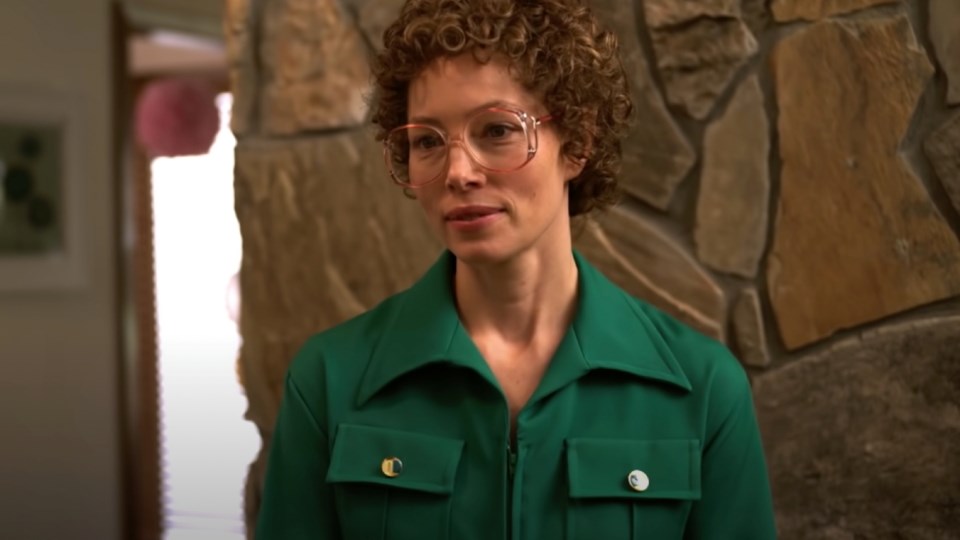In the late 1970s, Candy and Pat Montgomery contacted Stephen Chambers to design the home that Jessica Biel as Candy in the Hulu drama described as "the best party house."
Candy Montgomery killed her friend Betty Gore in what became the most infamous ax murder in Collin County history.
“I think they just heard about our work and called us,” Chambers told Candy's Dirt. “They were pleasant, nice people, easy to work with. They were respectful.” But what was unusual was the couple's desire to hire an architect. “It was pretty out there for a person building a house in Fairview to come to an architect back then," he explained.
Chambers, who has designed over a thousand houses during his career, no longer has any design plans or record of correspondence with the Montgomery. But according to him, the couple's house had an open floor plan, which was also unusual for that era, and might have been around 2,400 square feet.
“It was modern for that area," Chambers added. "It had a lot of windows. It was not a really large house, but a pretty good size. In the ’60s and ’70s, all the rooms were separate rooms. It was a different era. The kitchen had a door and rarely was the door open to the rest of the house. That’s a throwback to the period of time when people had help.”
According to Chambers, the real Montgomery house was nicer than the one in the show Candy, which was filmed in Georgia and not North Texas. The show drew heavily from the true-crime book Evidence of Love, which refers to Chambers as a "chic Dallas architect."
The book also describes Collin County and its residents: "They called it simply ‘the country’ — this place where the women had come with their men and children to settle. Specifically, it was eight to 10 amorphous little towns in eastern Collin County, Texas, but it really had no name … Most of them had come to escape something: cities, density, routine, fear of crime, overpriced housing, the urban problems their parents never knew. They came in the 1970s, just about the time the Dallas developers started buying out the farmers one by one, and they settled on pasture-size lots in homes designed exclusively for them by architects happy to get rich by satisfying their whims."




